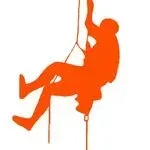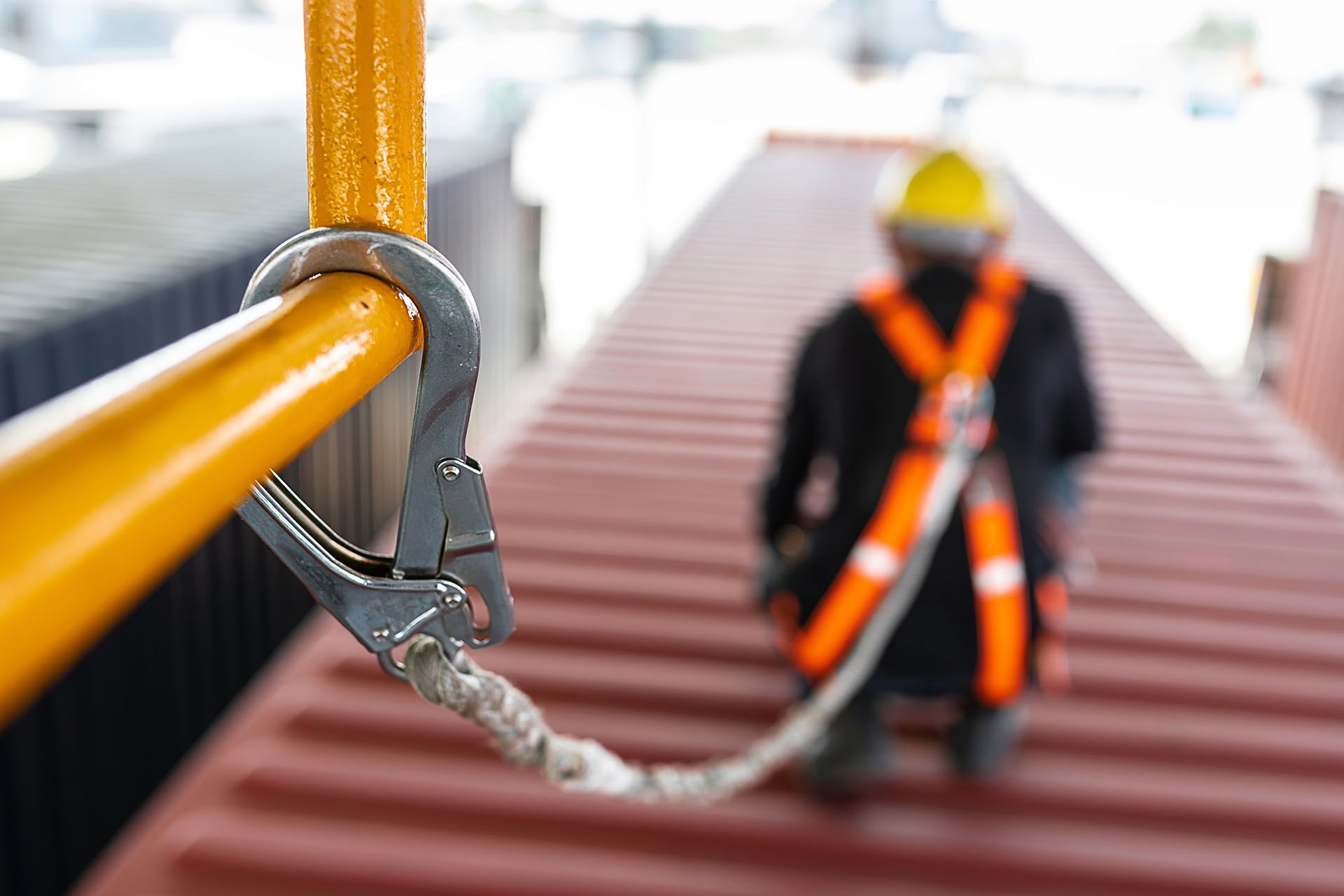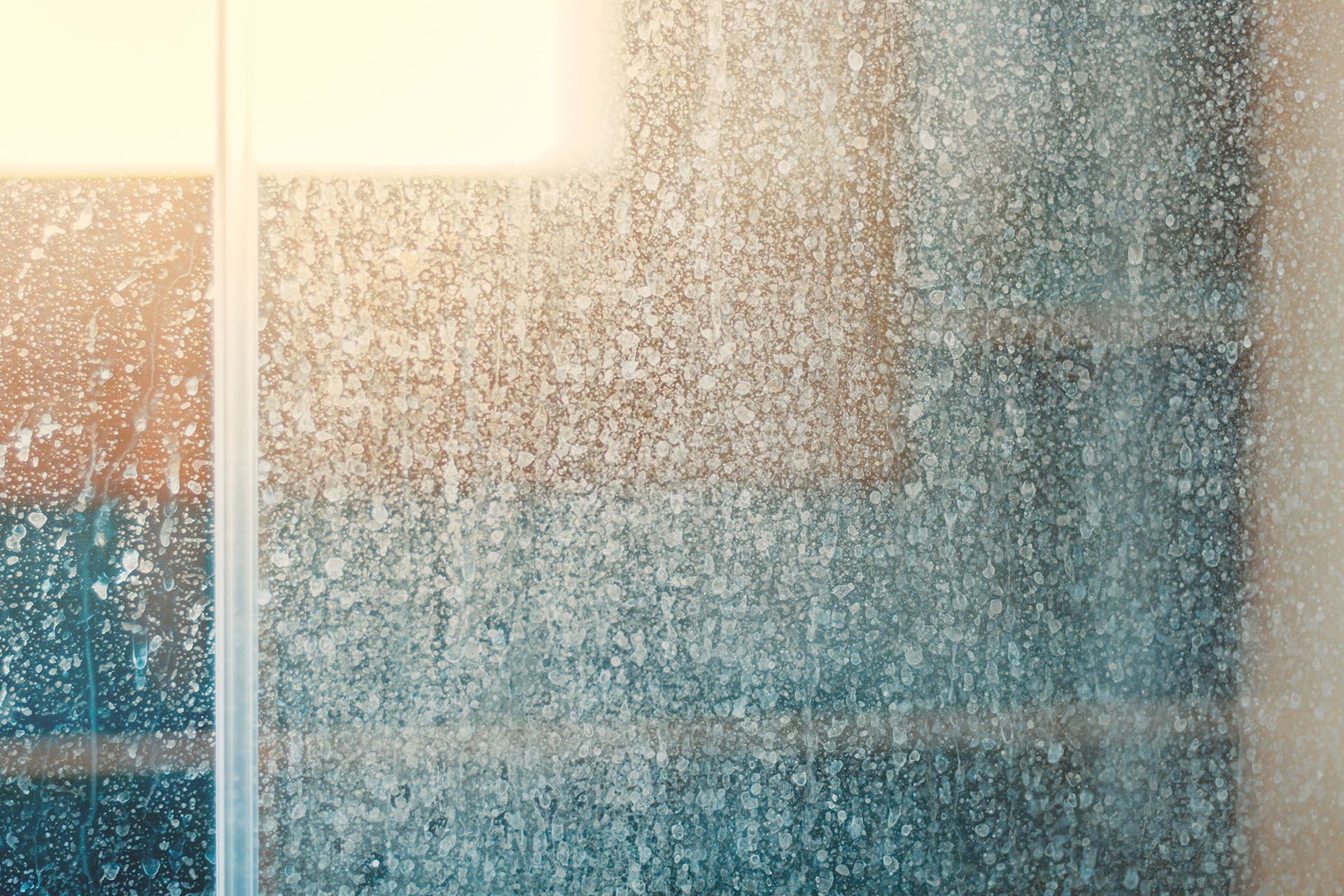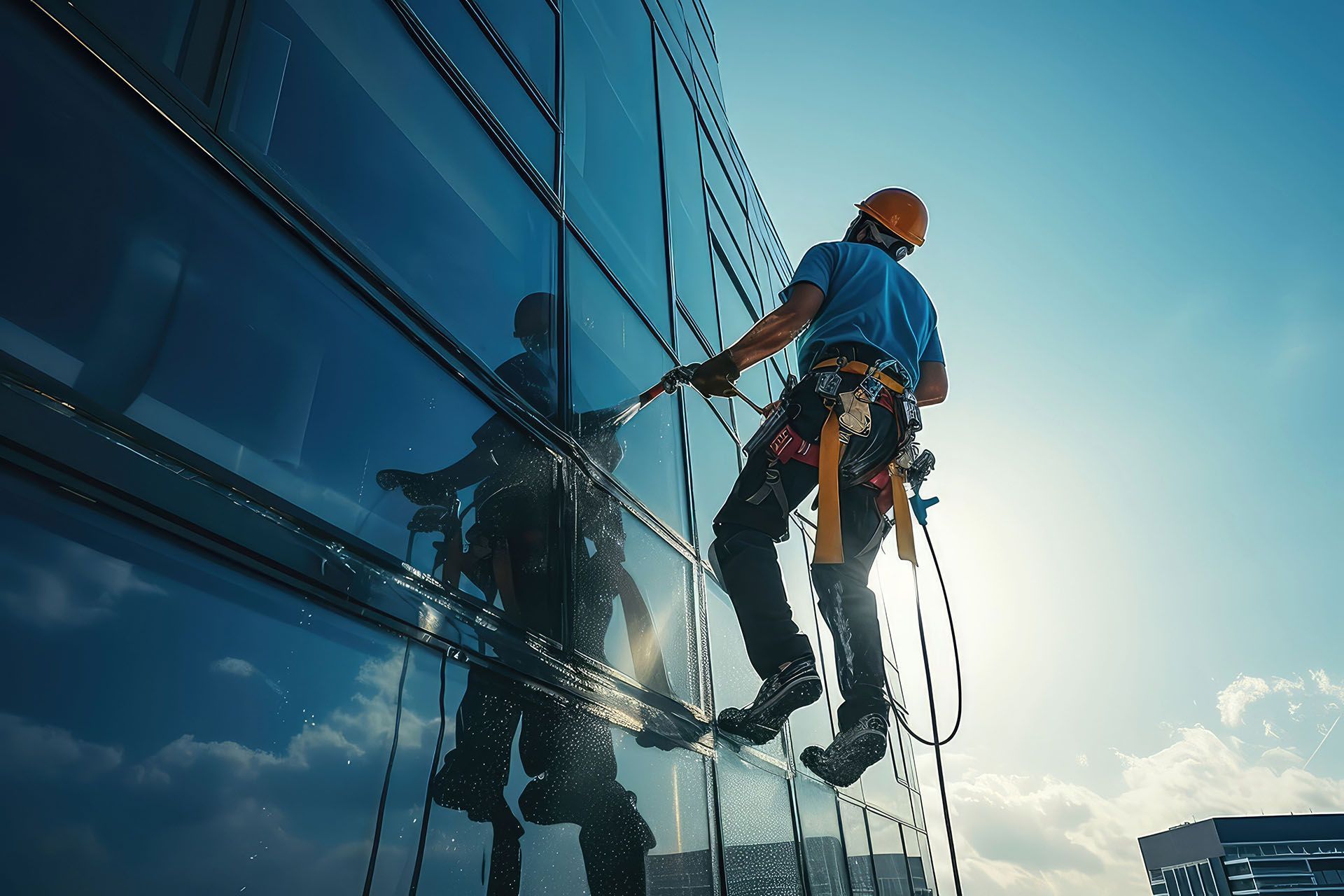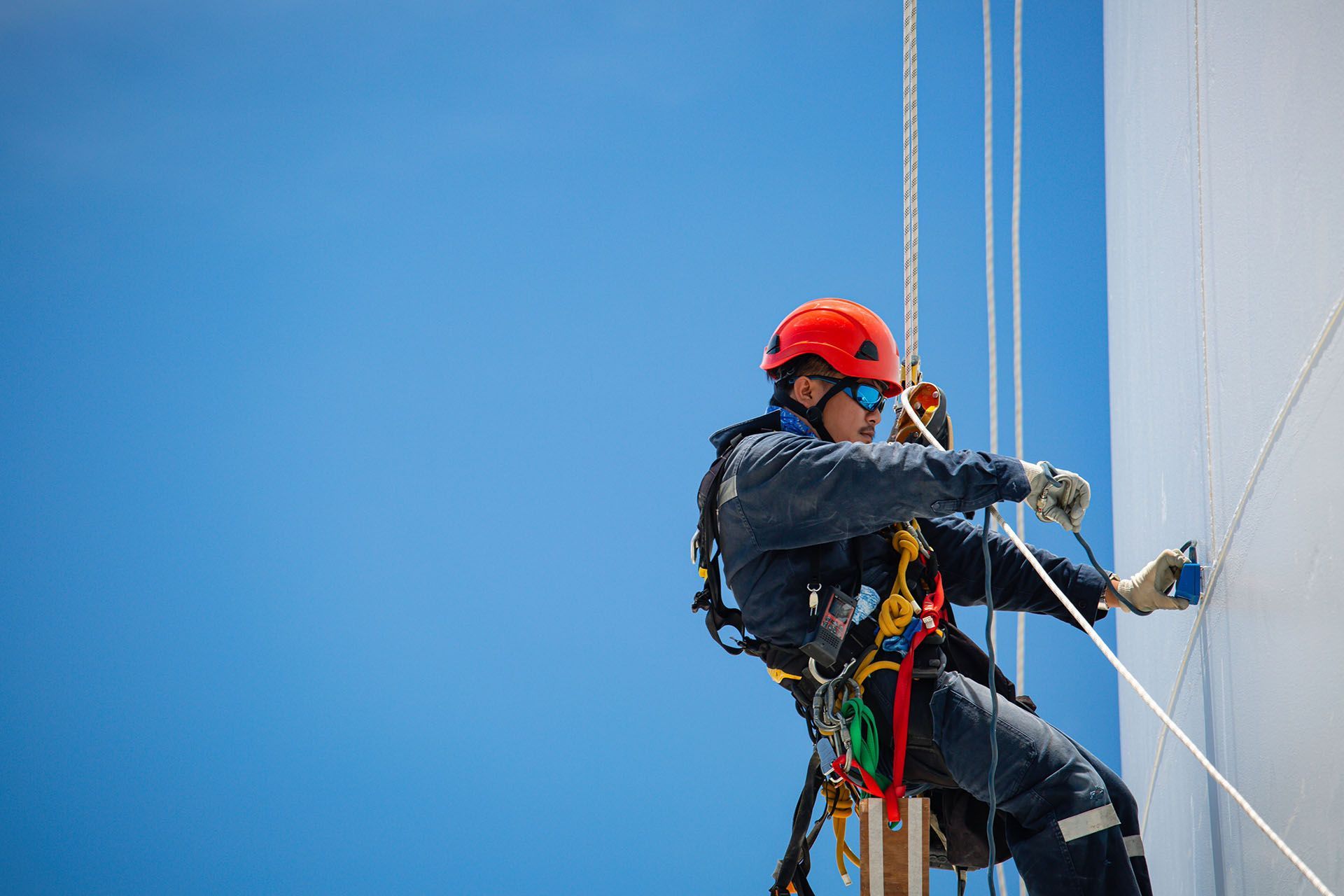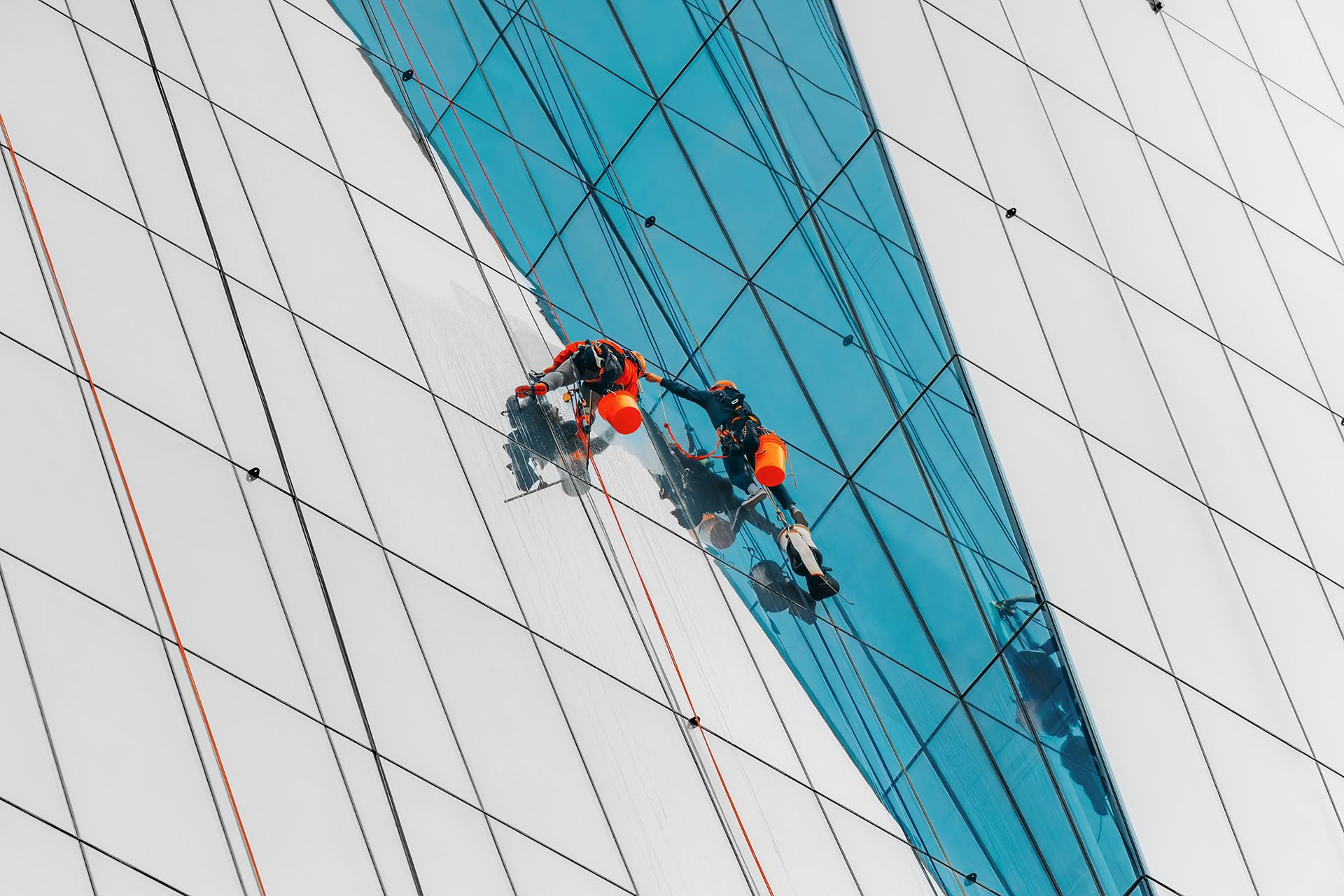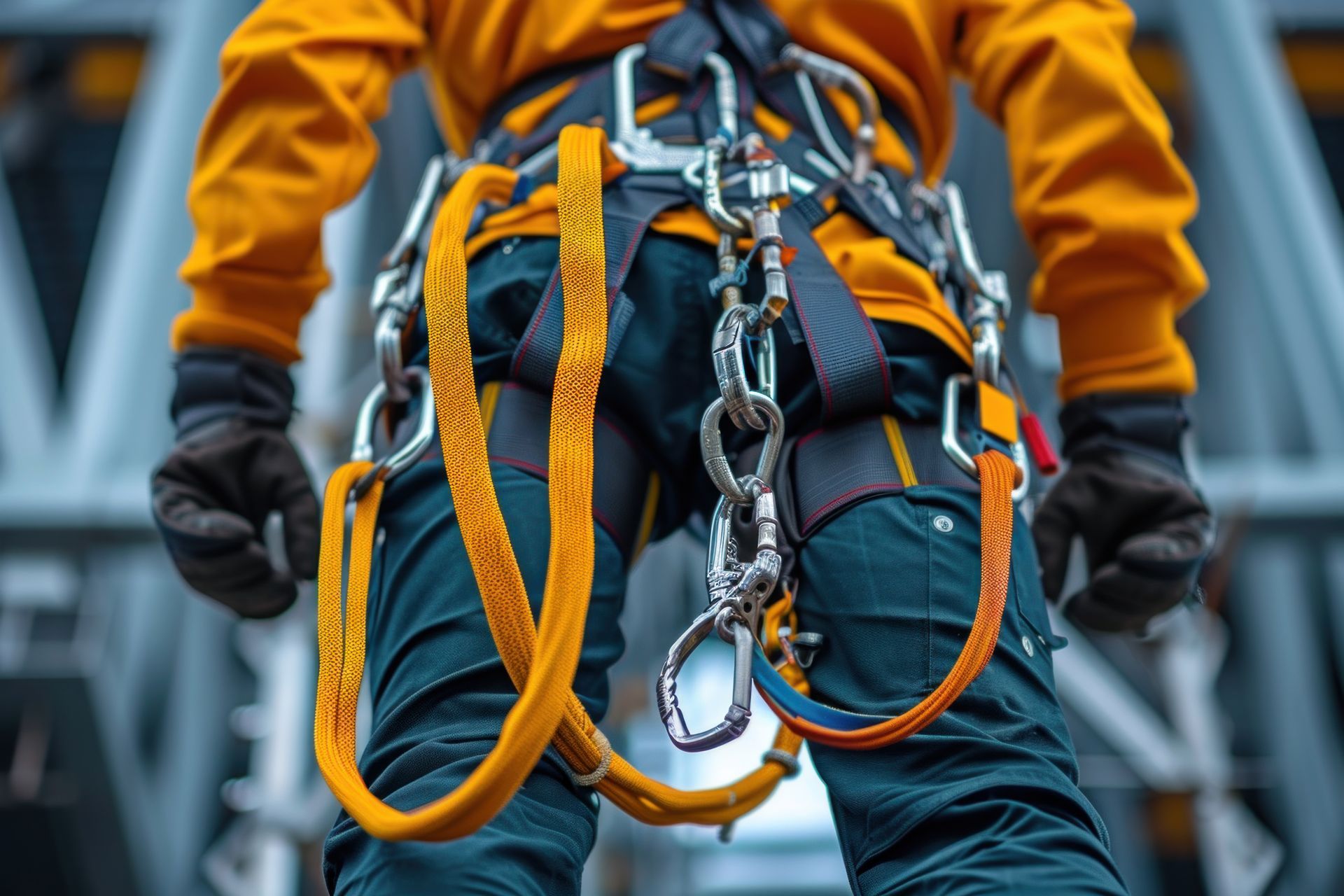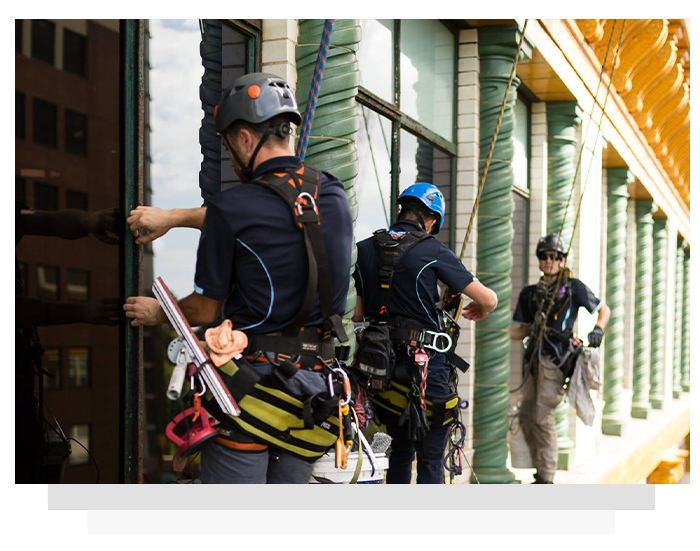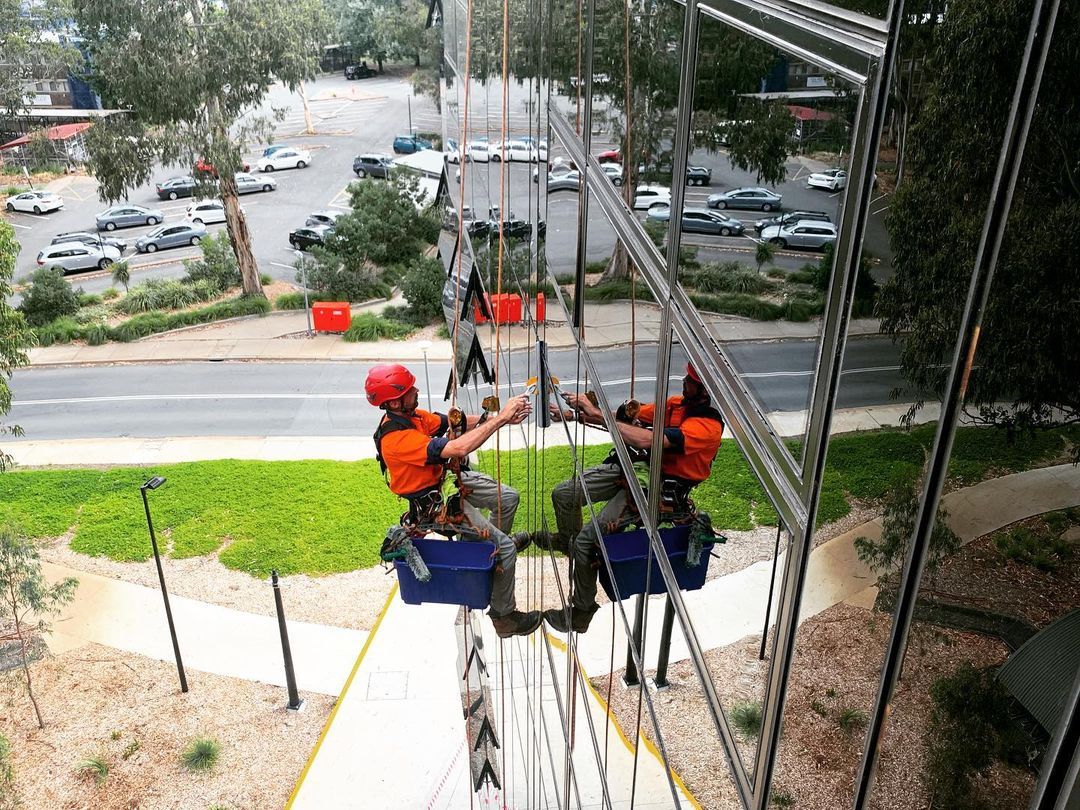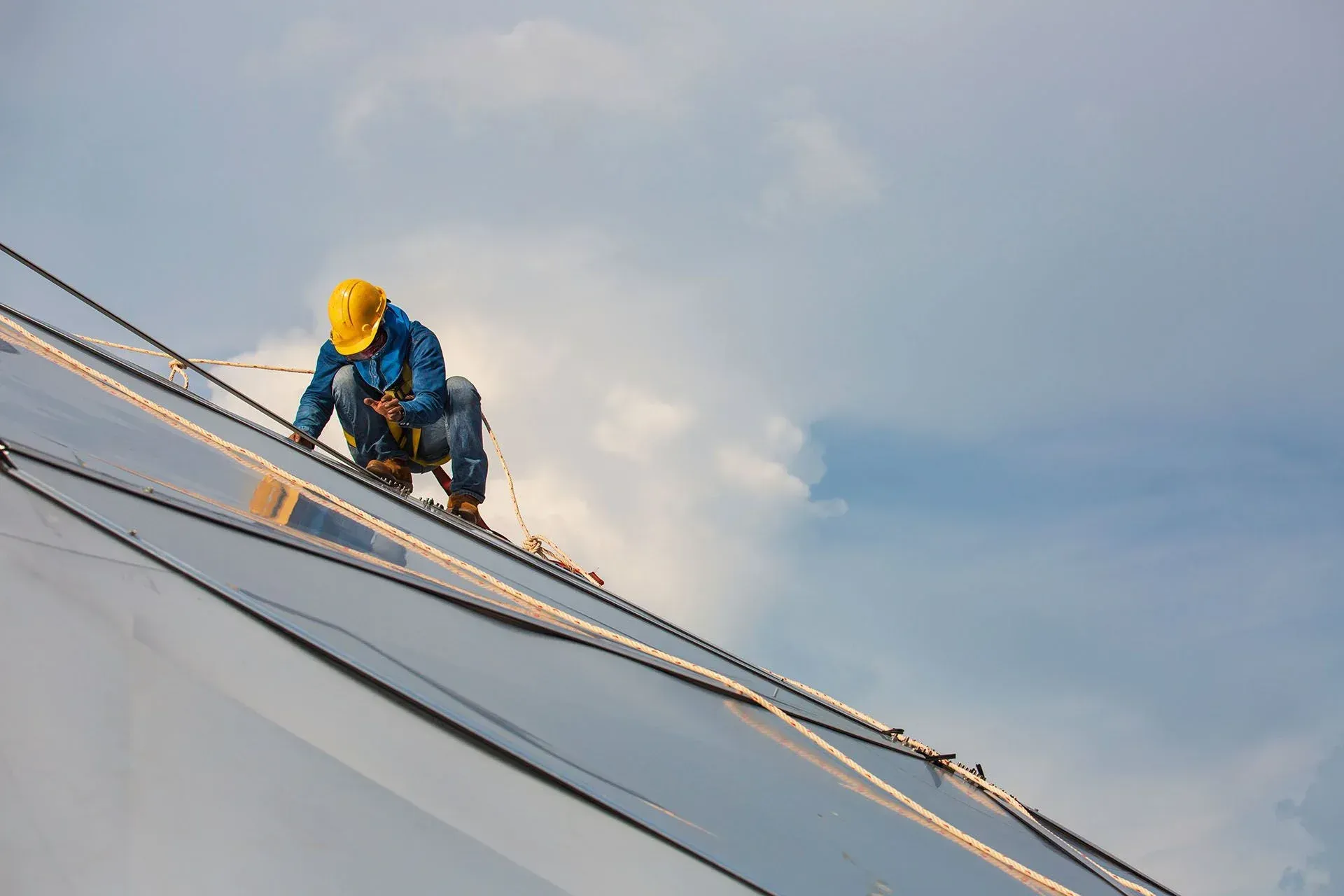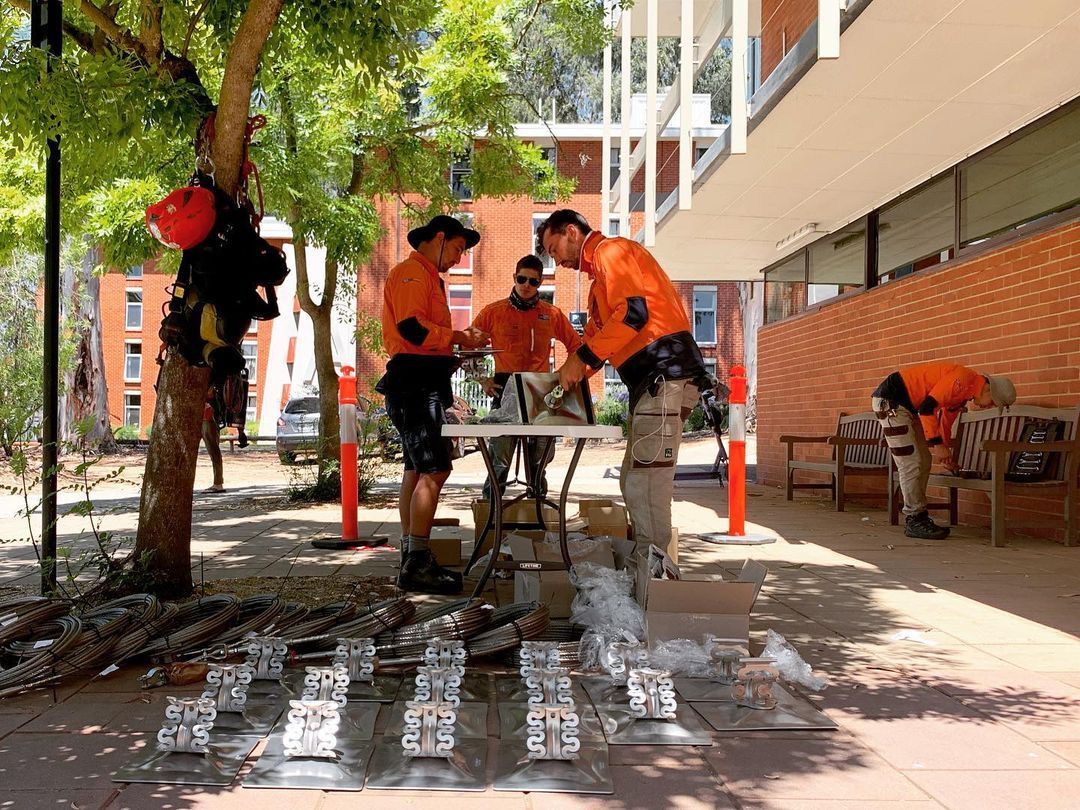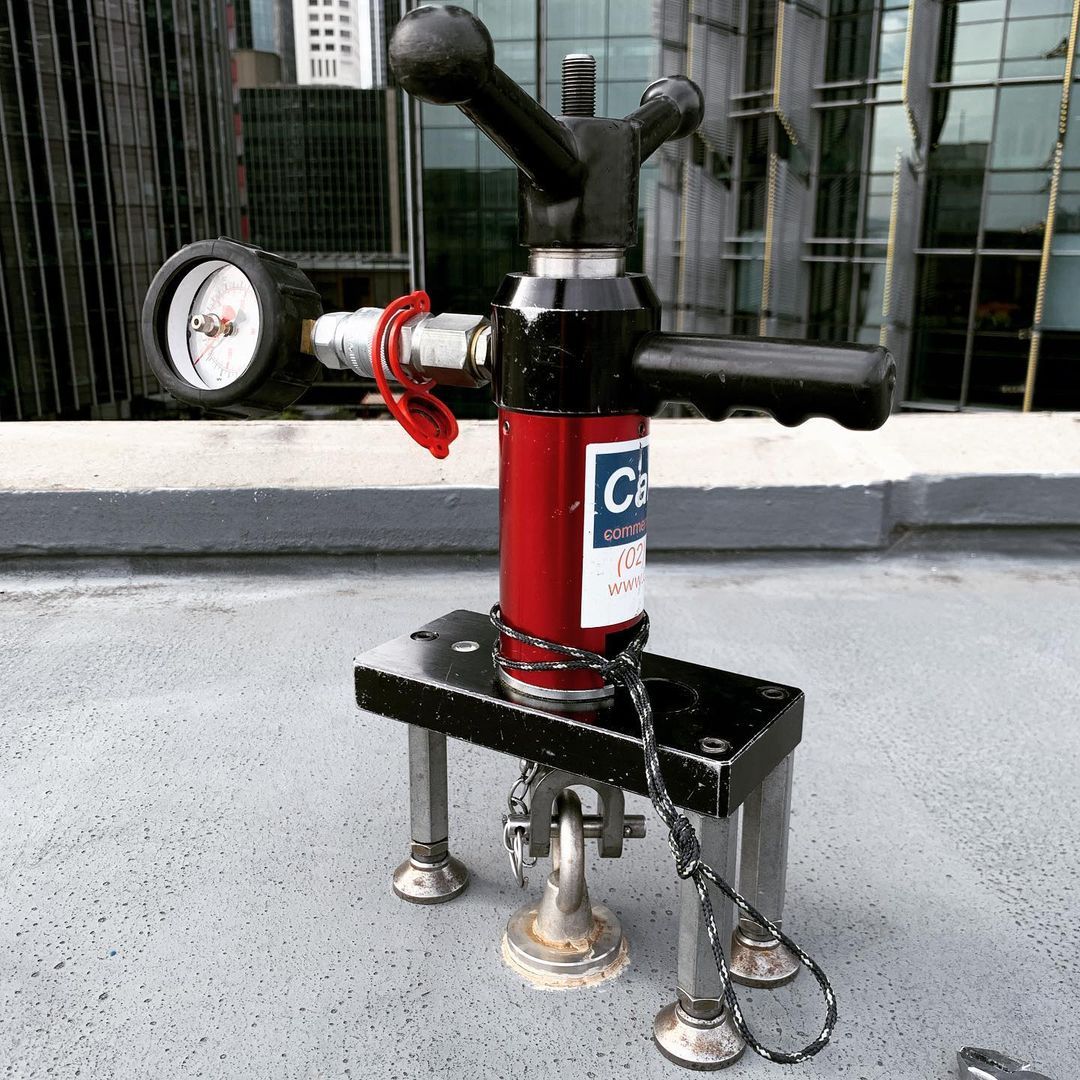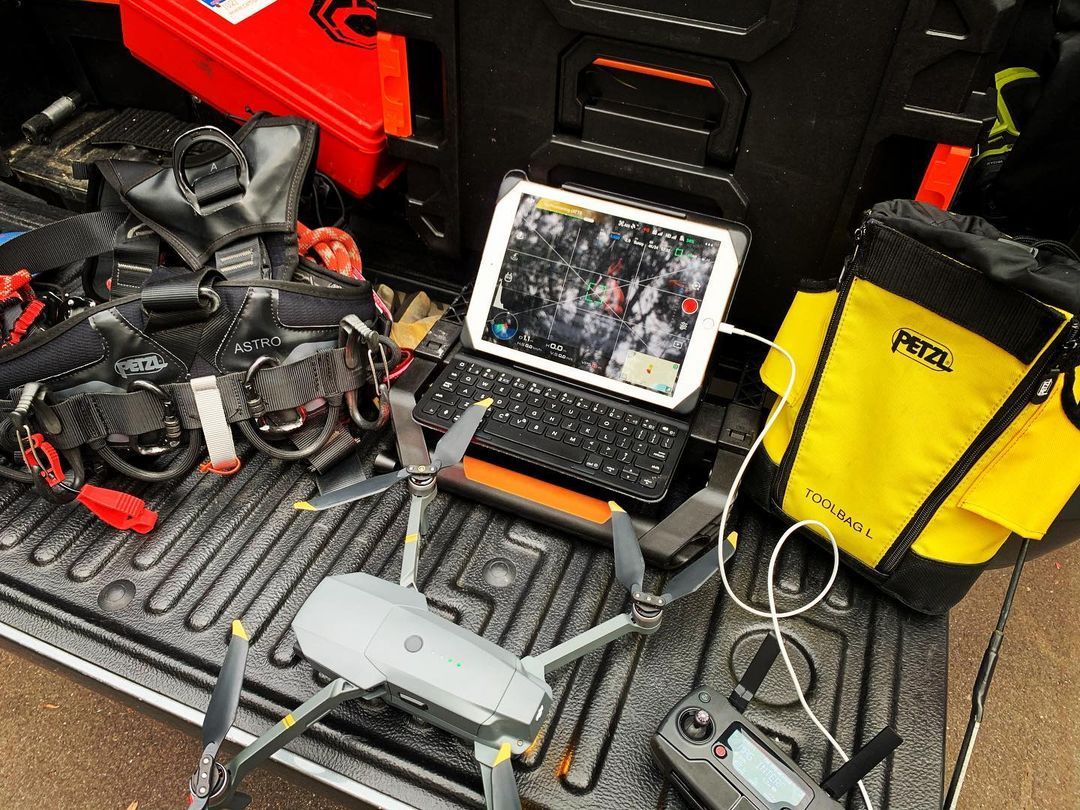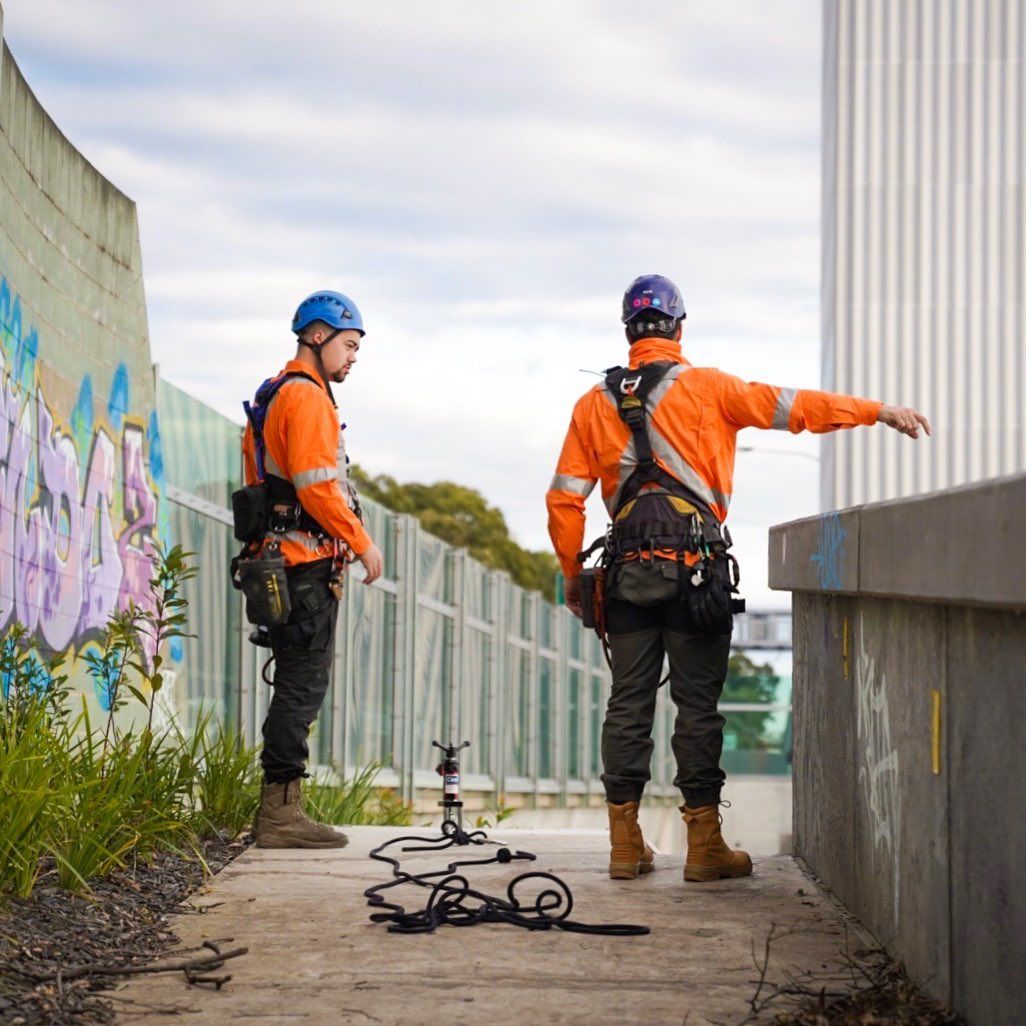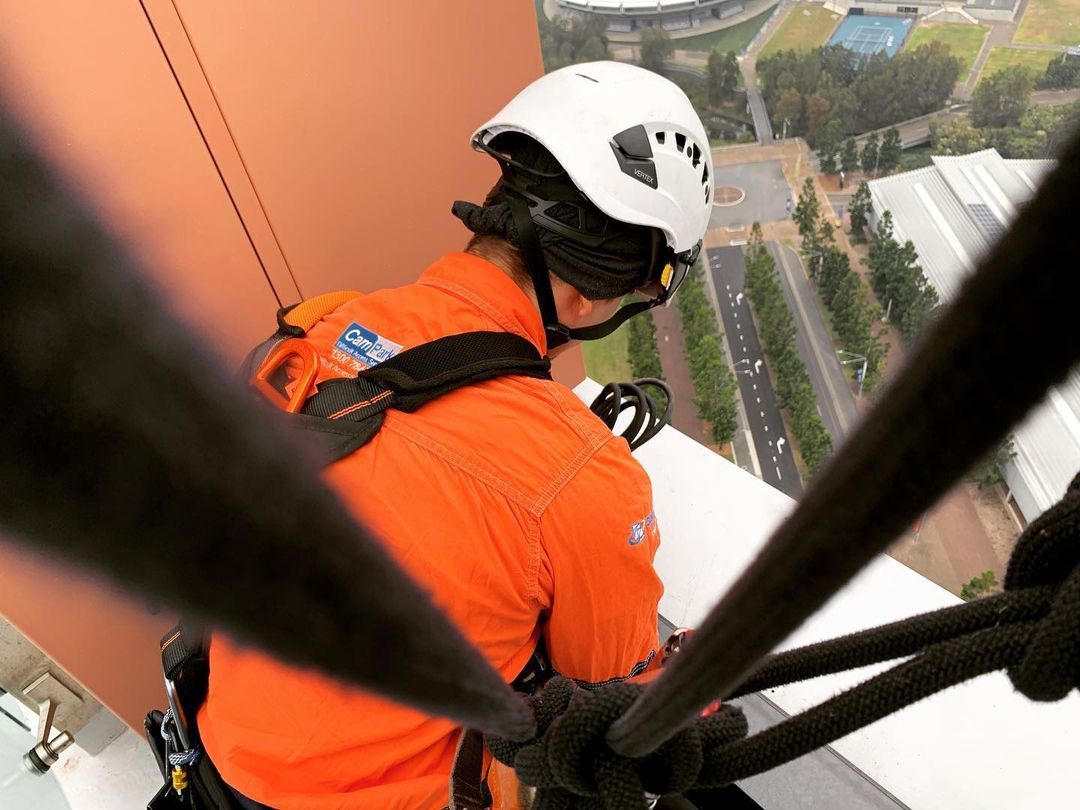How to Remove Graffiti: A Quick Guide
Graffiti vandalism can range from artistic street murals to unwanted tags and scribbles on buildings, vehicles, or other surfaces. While some consider graffiti a form of creative expression, many property owners see it as vandalism that damages appearances, lowers property values, and can be costly to address. If you’ve discovered graffiti on your property, the good news is that there are a number of ways to remove it depending on the surface and type of paint used.
This guide on how to remove graffiti explores effective graffiti removal methods, common household remedies, and practical tips to prevent damage while cleaning.
Can Graffiti Be Erased?
Yes, graffiti can almost always be removed, but the method and success depend on the material and type of paint. Some surfaces, like untreated brick or rough stone, may absorb spray paint so deeply that complete removal is difficult without professional help.
Spray paint & graffiti vandalism removal
Spray paint is the most common material used by graffiti vandals, and while it is durable, it can be removed with the right approach. On smooth, non-porous surfaces like glass, metal, and painted walls, spray paint often sits on the surface and can be dissolved with chemical removers, specialised equipment, or wiped away with acetone. On porous surfaces such as brick, stone, or timber, spray paint tends to seep into the material, making removal more challenging. In these cases, pressure washing or abrasive blasting may be required.
Common graffiti removal methods include:
- Chemical removers
Commercial graffiti removal gels and sprays dissolve spray paint, inks, and markers. These are suitable for painted walls, plastics, and metals but should be used with gloves and ventilation. - Pressure washing
High-pressure power washing systems (2,000–3,000 psi) are often used for cleaning graffiti on concrete, brick, and stone. Sometimes a detergent or remover is applied first for better results. - Abrasive blasting
Sandblasting, soda blasting, or dry ice blasting can strip paint from masonry or metal. These methods should be handled by professionals to avoid surface damage. - Painting over
In cases where removal is impractical, re-painting the surface may be the simplest option. Anti-graffiti coatings can also be applied to make future removal easier.
While graffiti can usually be erased, prevention is just as important. Many councils and businesses apply protective coatings or install CCTV to deter repeat vandalism.
How to Easily Remove Graffiti?
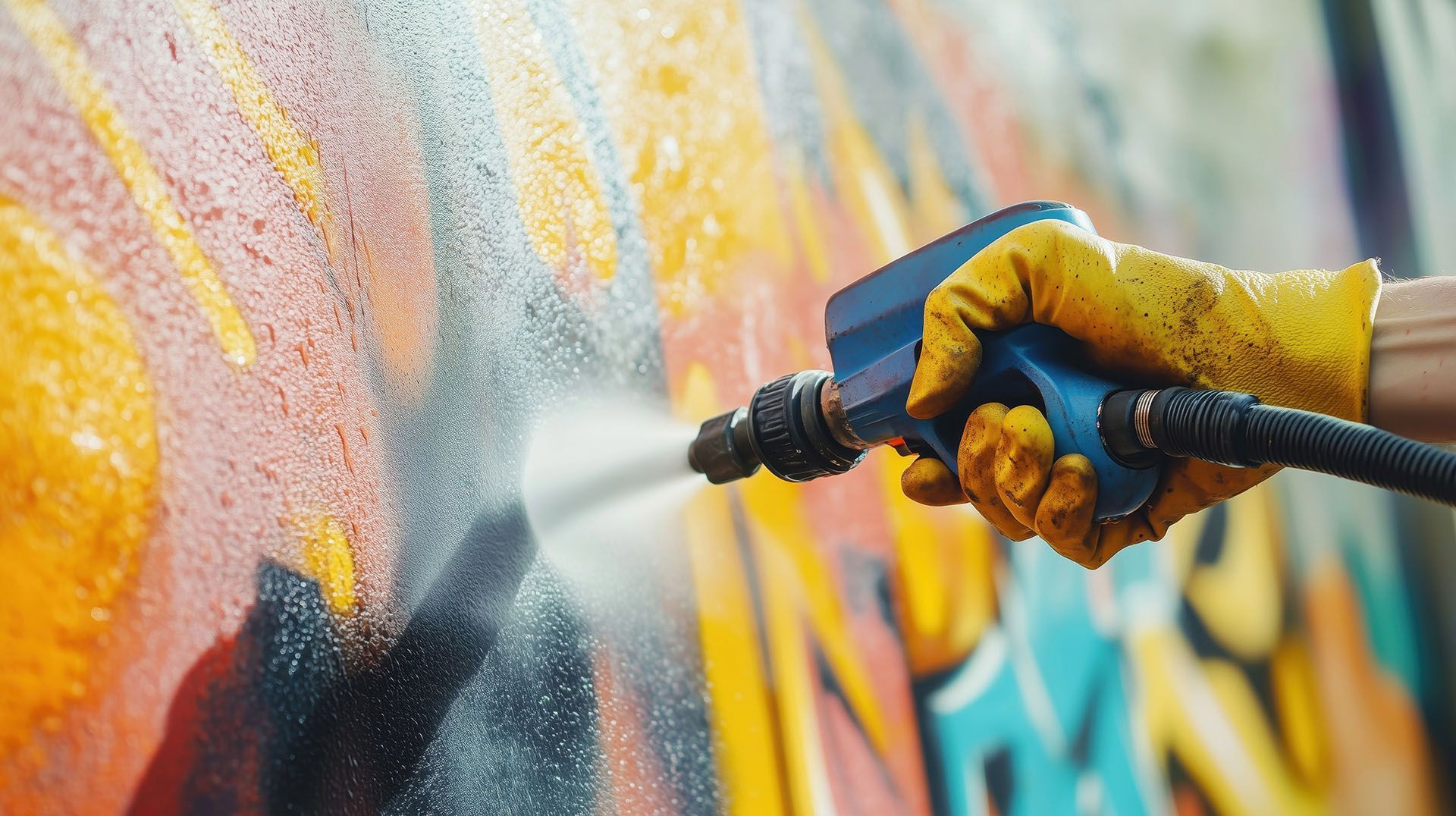
The ease of graffiti removal largely depends on two factors: the surface material and how long the paint has been sitting. Fresh graffiti is generally easier to clean, while older, dried paint can bond strongly with the surface.
Step-by-step approach on how to remove graffiti:
- Identify the surface
Determine whether the graffiti is on porous material (brick, concrete, stone, timber with visible wood grain) or non-porous material (glass, metal, plastic). Porous surfaces absorb paint more deeply, making removal more challenging. - Choose an appropriate cleaning method
- Non-porous surfaces: Graffiti can often be removed with solvents, graffiti wipes, or even hot soapy water.
- Porous surfaces: Power washing, chemical removers, or sandblasting may be required.
- Test a small patch first
Always test your chosen method on a small, hidden area to check if it damages or discolours the surface. - Apply remover and scrub
Use a stiff bristle brush for brick and stone, or a soft cloth for glass, plastic, and painted metal. - Rinse thoroughly
After removing the graffiti, rinse the surface with clean water to remove any chemical residue.
For many surfaces, commercial graffiti removal products are the fastest and most reliable option. These products are specially formulated to break down spray paint without damaging the underlying surface.
Does Vinegar Remove Graffiti?
Vinegar is a popular natural cleaner, but when it comes to graffiti, its effectiveness is limited. Spray paint is typically oil-based or formulated for durability, which makes it resistant to mild acidic solutions like vinegar.
- Where vinegar may help:
Light graffiti vandalism on glass, mirrors, or metal surfaces might fade slightly with repeated scrubbing using vinegar, but it is unlikely to completely erase the painted graffiti. - Better household alternatives:
- Acetone or nail polish remover: Works well on non-porous surfaces such as glass, metal, and some plastics.
- Rubbing alcohol (isopropyl alcohol): Effective for fresh paint on smooth surfaces.
- Baking soda paste: Mildly abrasive and safe for small areas, especially on glass.
In short, vinegar may not be strong enough for most graffiti situations. If you prefer eco-friendly cleaning, look for biodegradable graffiti removers instead of relying on vinegar alone.
How to Remove Graffiti from Acrylic?
Acrylic surfaces, such as Perspex sheets, plastic signs, or protective panels, require special care because they scratch easily. Using harsh chemicals or abrasive scrubbing can permanently damage the surface.
Best methods for acrylic:
- Warm soapy water and a soft cloth
If the paint is fresh, gently scrub the area using circular motions. Avoid harsh scrubbing pads. - Isopropyl alcohol (rubbing alcohol)
Apply a small amount to a clean cloth and rub the graffiti carefully. This is usually safe for acrylic, but test on an inconspicuous area first. - Specialised plastic-safe graffiti remover
Some removers are formulated specifically for use on plastics and acrylics. These break down painted graffiti without causing cloudiness or cracks. - Avoid acetone and strong solvents
Acetone, paint thinner, and similar chemicals can dissolve or soften acrylic, leaving permanent marks.
If DIY attempts don’t work, professional cleaners with access to plastic-safe products may be needed.
Tips for Graffiti Removal by Surface
To make the process clearer, here’s a breakdown of methods for different materials:
- Brick, stone, concrete: Pressure washing, chemical removers, soda blasting.
- Metal: Graffiti wipes, acetone, or graffiti removal sprays.
- Glass: Razor blade scraper (used carefully), rubbing alcohol, or commercial removers.
- Wood: Sanding, chemical removers, or repainting.
- Plastics and acrylic: Plastic-safe graffiti remover or isopropyl alcohol.
Environmentally Friendly & Preventive Solutions
Environmental concerns mean more people are looking for eco-friendly graffiti removal options. Many biodegradable cleaners are available that use citrus-based or soy-based solvents instead of harsh chemicals. These can be effective on a wide range of surfaces, particularly when graffiti is fresh.
Prevention strategies include:
- Applying sacrificial or non-sacrificial anti-graffiti coatings.
- Sacrificial: Coating is removed along with graffiti and reapplied afterwards.
- Non-sacrificial: Permanent coating that allows graffiti to be washed away easily.
- Improving lighting and surveillance to deter graffiti vandals.
- Prompt removal, since areas repeatedly tagged are more likely to attract further graffiti if not cleaned quickly.
When to Call a Professional to Remove Graffiti Vandalism
Sometimes graffiti removal can be handled with basic supplies, but in other cases professional intervention is the safest and most convenient option. You should consider hiring a professional if:
- The graffiti covers a large area.
- It is on heritage-listed or sensitive surfaces like glass.
- DIY methods risk damaging the material.
- Strong chemicals are required and safety is a concern.
While graffiti can be removed from many materials with the right products and techniques, glass requires particular care. Using the wrong approach can leave scratches, permanent clouding, or other surface damage. This is why professional support is often recommended for graffiti on windows, shopfronts, or other glass installations.
Professionals have access to high-grade removers and specialised equipment such as pressure washers and glass restoration kits. They also have the expertise to avoid surface damage, which is especially important when dealing with glass.
At Difficult Access Services, we provide effective solutions to remove graffiti on glass surfaces, restoring clarity and appearance without causing scratches or clouding. We also specialise in working on buildings and structures that are hard to reach. If graffiti has been left in a spot that seems inaccessible — for example, if graffiti vandals climbed to leave marks on upper-level glass — our glass repair and restoration specialists can safely and efficiently reach those areas to remove it.
Final Thoughts
Graffiti can be frustrating for property owners, but it doesn’t have to be permanent. With the right cleaning method, most graffiti can be removed safely and effectively. Learning how to remove graffiti is often about matching the technique to the surface and the type of paint used. While vinegar is rarely strong enough, other household solutions like rubbing alcohol or acetone can sometimes work, especially on smooth surfaces. For acrylic and plastics, gentler methods are required to prevent scratching or clouding.
If DIY cleaning proves unsuccessful, professional graffiti removal services can step in with the right tools and products. Combining effective removal with preventive strategies, such as protective coatings and improved security to deter graffiti vandals, will help keep your property graffiti-free in the long term.

